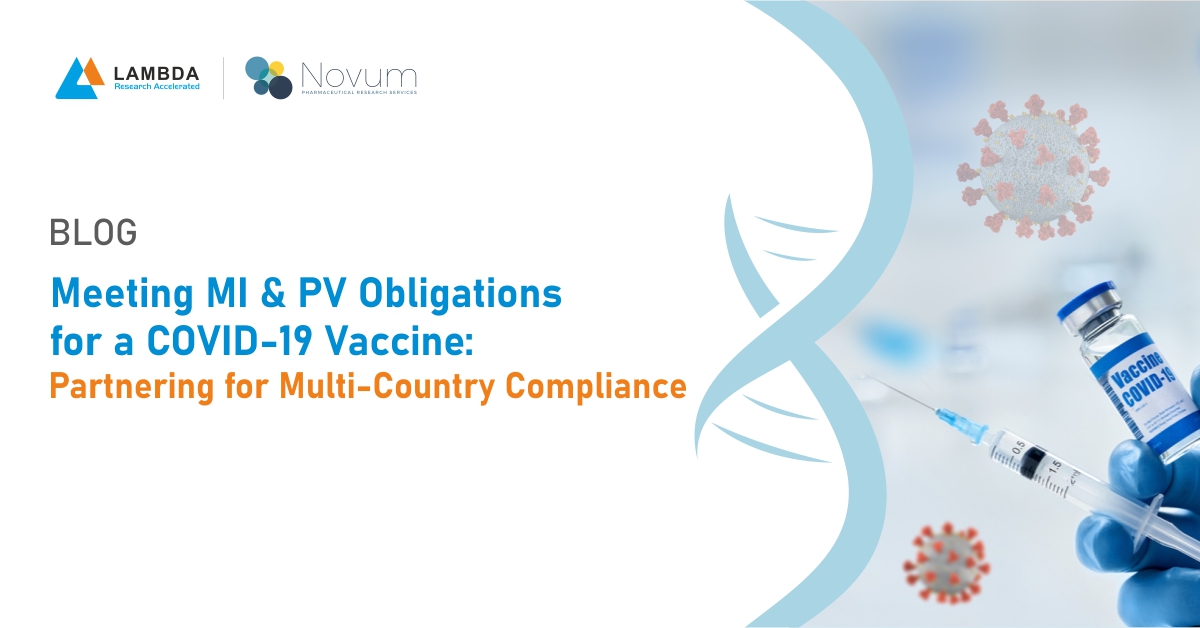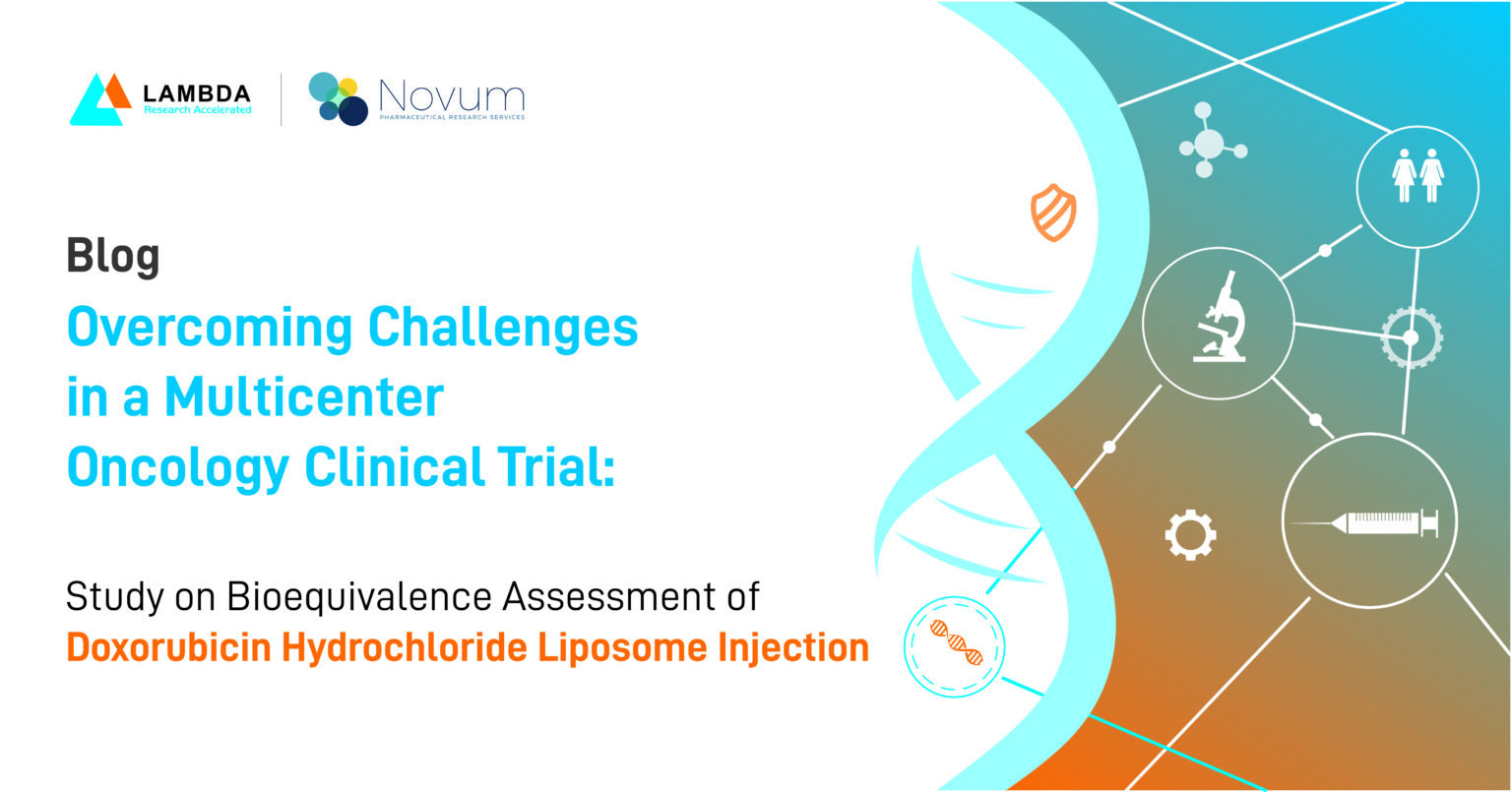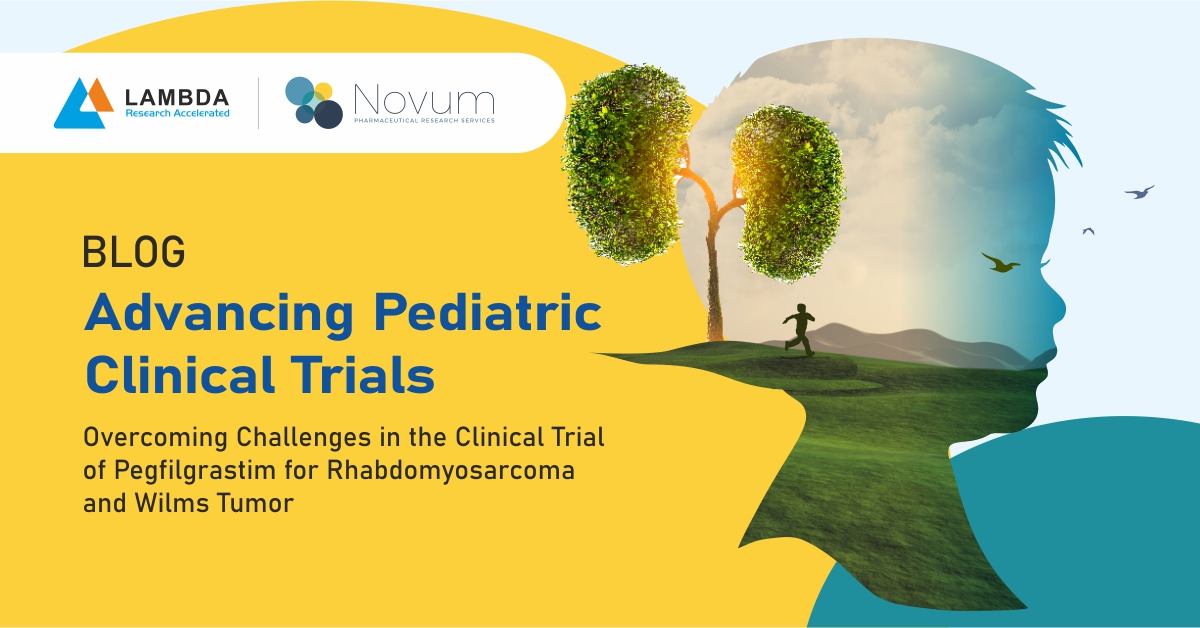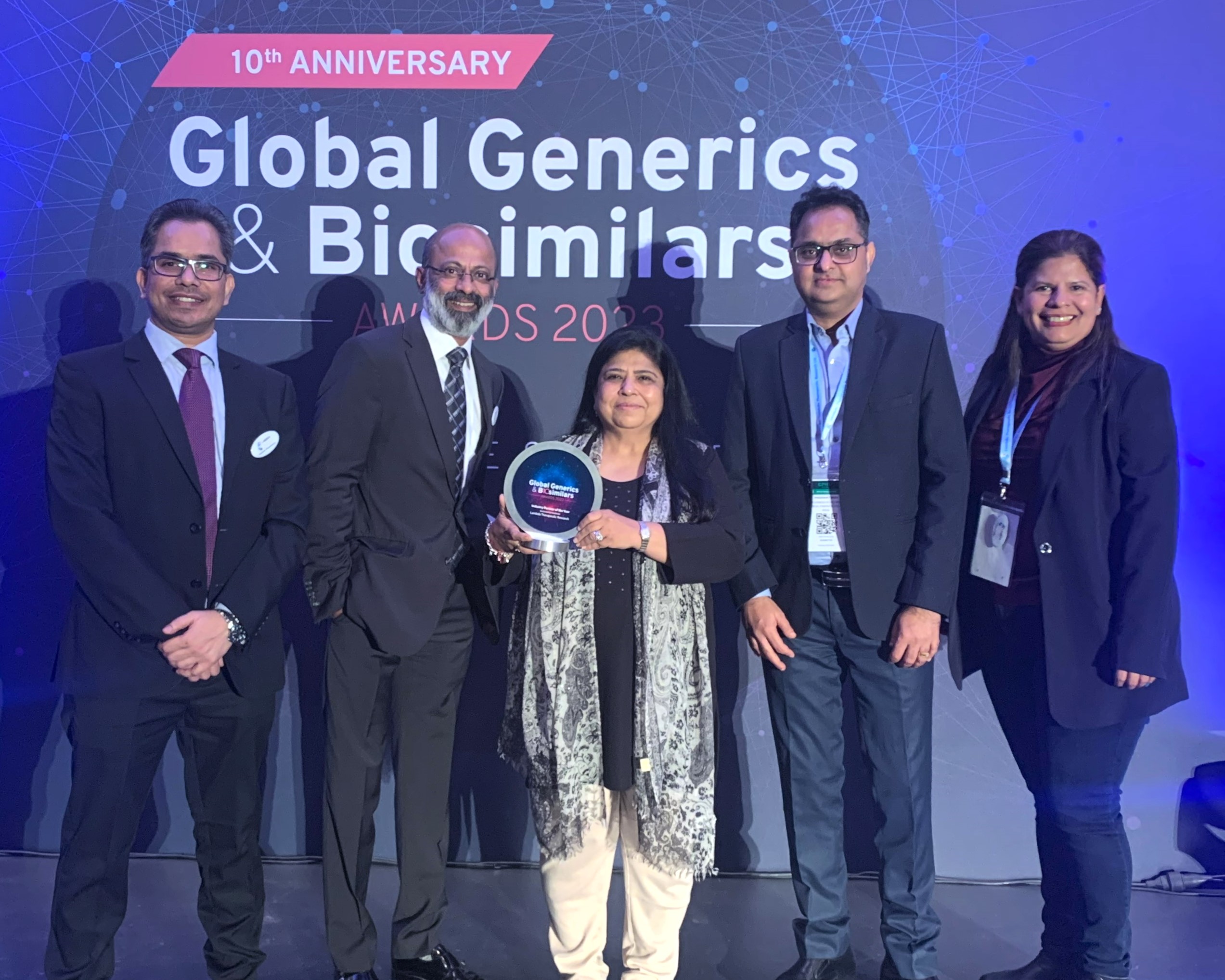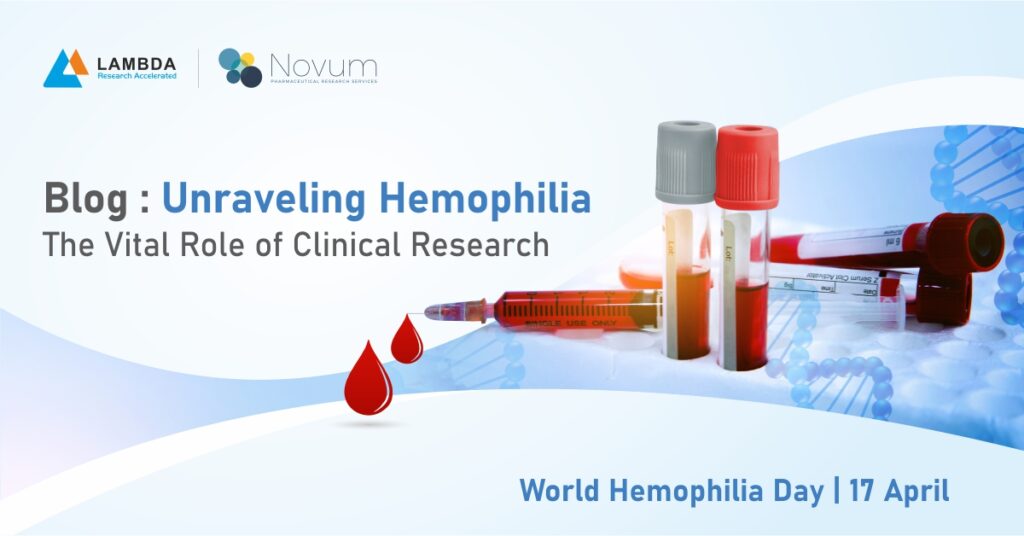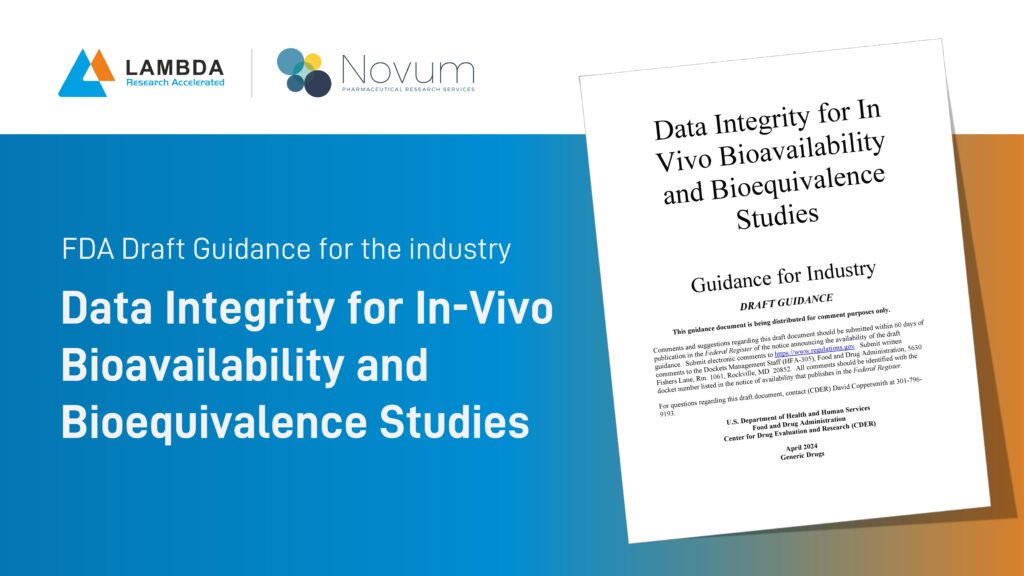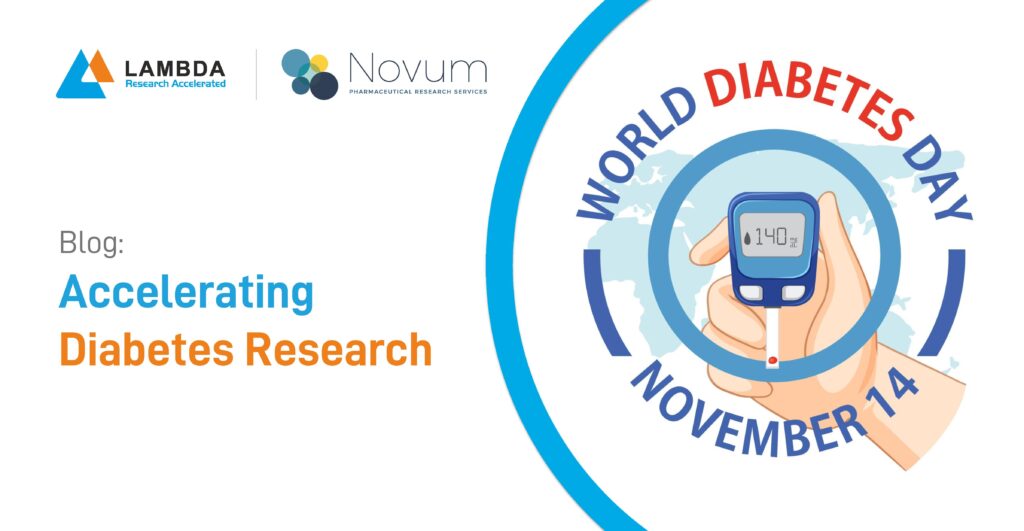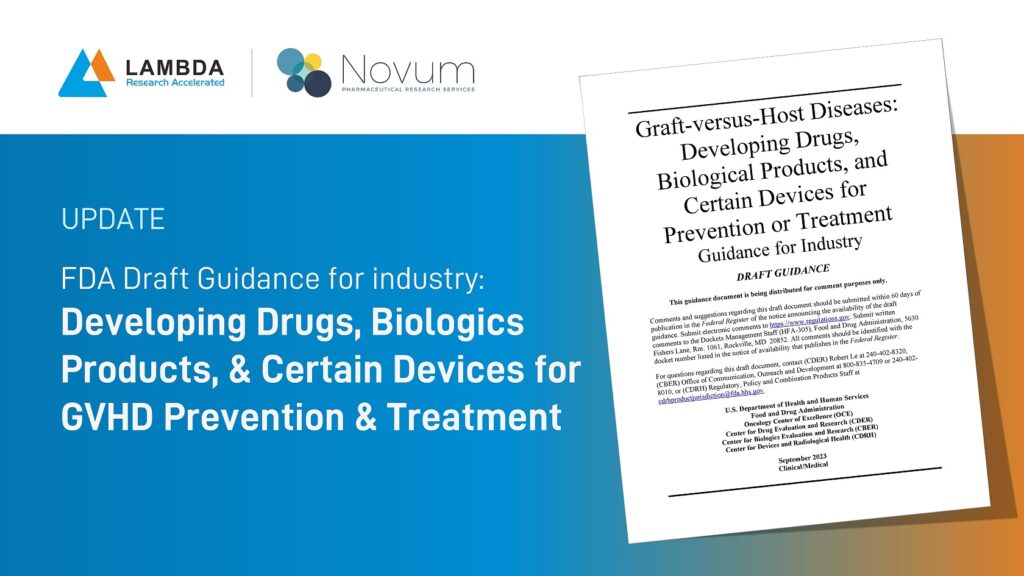17 Apr 2023
Lambda Therapeutic Research commemorates World Hemophilia Day by exploring notable facts about the disease as well as recent advancements in Hemophilia research and development.
About Hemophilia:
- Hemophilia is a bleeding problem. People with hemophilia do not bleed any faster than normal, but they can bleed for a longer time. Their blood does not have enough clotting factor, a protein that controls bleeding.
- The X-linked hereditary bleeding lifelong disorder known as hemophilia (in which the blood does not clot properly) is characterised by factor VIII (hemophilia A) or factor IX (hemophilia B or Christmas disease) deficiency.
- By repeatedly triggering bleeding into muscles and joints, deficiency produces hemophilic arthropathy and contractures.
- 30% are the results of an accidental mutation.
- Congenital hemophilia is usually inherited, meaning a person is born with the disorder. Some people who develop hemophilia with no family history of the disorder are called acquired hemophilia. Acquired hemophilia is a variety of the condition that occurs when a person’s immune system attacks clotting factor VIII or IX in the blood.
- Because males have only one X chromosome, hemophilia is a hereditary condition that runs in the X-linked recessive family. Females are typically carriers since they have an extra X chromosome, however, heterozygous carriers frequently exhibit hemophilia symptoms. Of such girls, 10% are hemophilic, the remaining 90% are considered carriers.
- One in 5,000 people have hemophilia A, and one in 30,000 live male births have hemophilia B.
- Global statistics show that one in 100,000 people have hemophilia C (factor XI deficiency)
- Hemophilia symptoms include easy bruising; bleeding after small injuries; joint discomfort or swelling; soft tissue swelling; uncomfortable and swollen muscles; bleeding after surgery or a procedure; and nosebleeds.
Diagnosis:
- Depending on your level of clotting factors, hemophilia can manifest itself in a variety of ways. You might only bleed after surgery or trauma if your amount of clotting factor is significantly lowered. If you have a significant deficiency, you can bleed easily and for no apparent cause.
- Nijmegen-modified Bethesda assay is used to confirm the presence of an inhibitor and measure the titer i.e. (5 BU- Low responding inhibitor) 5BU-High responding inhibitor
| Hemophilia A and B based on factor level | ||||
|---|---|---|---|---|
| Severity | Normal | Mild | @Moderate | Severe |
| Factor Level (VIII/IX) | 50-150% | 6-50% | 1-5% | <1% |
| Bleeds | NA | Post major trauma, surgery | Post trauma, surgery, occasionally spontaneous | Spontaneous bleeds |
| Inhibitor frequency Hemophilia A | 5-10% | 30% | ||
| Inhibitor frequency Hemophilia B | 5-7% | 1.3-3% | ||
Treatment:
- Factor replacement therapy (for hemophilia A and B)
- Antifibrinolytics /Clot-preserving medications (for hemophilia A and B)
- Bispecific antibody therapy (hemophilia A only).Emicizumab (Hemlibra) is a newer drug that doesn’t include clotting factors. This drug can help prevent bleeding episodes in people with hemophilia A.
- Desmopressin (DDAVP) (hemophilia A only). This hormone may encourage the body to release more clotting factor in some mild hemophilia types. It can be sprayed into the nose or slowly injected into a vein.
- Adhesives based on fibrin can be applied directly to the wound sites to promote clotting and healing. Fibrin sealants are very useful for dental operations.
- Medical attention: Your joints may no longer exhibit the signs and symptoms of internal bleeding. For severe injuries, surgery may be necessary.
- Simple cuts first aid: Pressure and a bandage can usually halt the bleeding. To manage minor skin-deep bleeding, apply an ice pack. To treat minor mouth bleeding, use ice pops.
Clinical Trials and Studies
Some of the promising R&D breakthroughs in hemophilia include gene therapies that can provide long-lasting or even permanent clotting factor replacement, thereby reducing the need for frequent injections. Other approaches include innovative drugs that can mimic the clotting process or prevent bleeding in different ways.
The healthy F8 gene is transferred into the patient’s hepatocytes using an adeno-associated virus (AAV)-based vector in many active gene therapy clinical trials for the treatment of hemophilia A. As of now, these studies have provided solid evidence that gene therapy can effectively treat hemophilia over the long term (at least one year).
Few AAV (adeno-associated virus) vector gene therapy trials in hemophilia A/B patients.
| Gene Therapy | Adenovirus Serotype | Clinical Stage (Trial Name; linicalTrials.gov Identifier) | Company |
|---|---|---|---|
| Valoctocogene roxaparvovec (AAV5-hFVIII-SQ; BMN 270) | AAV5 | Phase 3 (GENEr8-1; NCT03370913; NCT03392974) | BioMarin |
| Phase 1/2 (NCT02576795) | |||
| Dirloctocogene samoparvovec (SPK 8011) | AAV3 | Phase 1/2 (NCT03003533; NCT03432520) | Spark Therapeutics; Roche |
| SPK-8016 | AAV | Phase 1/2 (NCT03734588) | Spark Therapeutics; Roche |
| SPK 8011 and SPK-8016 | AAV3 and AAV | Observational Long term safety and efficacy (NCT03432520) | Spark Therapeutics; Roche |
| Giroctocogene fitelparvovec(SB-525; PF-07055480) | rAAV6 | Phase 3 (AFFINE; NCT04370054) [on hold] | Pfizer (Sangamo) |
| Phase 1/2 (NCT03061201) | |||
| SB-FIX | AAV2/6 Factor IX | Severe Hemophilia B Phase 1 (NCT02695160) (Terminated) | Sangamo Therapeutics |
| TAK-754(previously SHP654 and BAX 888) | AAV8 | Phase 1/2 (NCT03370172) | Takeda-Shire |
| BAY 2599023 | AAVhu37 | Phase 1/2 (NCT03588299) | Bayer-Ultragenix Pharmaceutics |
| AAV8-HLP-hFVIII-V3 | AAV8 | Phase 1/2 (GO-8; NCT03001830) | University College, London |
Effective gene therapy for haemophilia may be imminent, given the multitude of players in the field and encouraging clinical trial outcomes. On this World Hemophilia Day, let’s recognize the importance of R&D in advancing hemophilia care and support the ongoing efforts to find better treatments and, ultimately, a cure.
References:
- https://rarediseases.org/rare-diseases/hemophilia-a/
- https://rarediseases.org/rare-diseases/hemophilia-b/
- https://rarediseases.org/living-with-a-rare-disease/find-clinical-trials/?search=Hemophilia
- https://clinicaltrials.gov/
- https://www.medicinenet.com/hemophilia/article.htm
- https://my.clevelandclinic.org/health/diseases/23337-hemophilia-c#:~:text=Hemophilia%20C%20is%20an%20inherited,t%20inherit%20the%20F11%20gene.
- https://wfh.org/about-bleeding-disorders/
